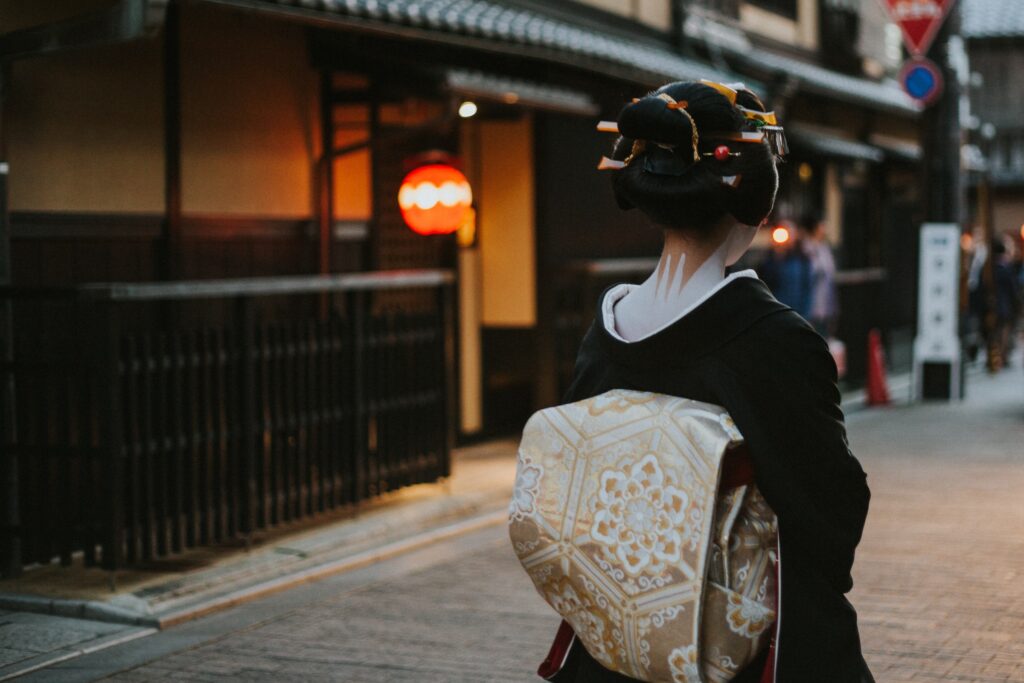Health Insurance in Japan
Moving to Japan
An island nation situated in Eastern Asia, Japan is located in the Pacific Ocean and its closest neighbours include South Korea, North Korea, China, Taiwan and Russia.
Known as the Land of the Rising Sun, Japan is actually an archipelago that consists of more than 6,800 separate islands – the largest being Honshu, Hokkaido and Kyushu. And while Japan may be a relatively small country, coming 62nd in terms of land area, it’s the world’s tenth most highly populated nation, with more than 127.5 million people.
Japan Weather
Despite its size, Japan has a very mixed climate. Tokyo, Japan’s capital, has summers that are hot and humid, whereas winters are cold and snowy. The contrast between summer and winter is extreme and many foreigners and Japanese people alike prefer the more favourable and pleasant weather of spring and autumn.
Kyoto, much further west than Tokyo, has similarly hot summers to Tokyo with little in the way of wind. Temperatures can skyrocket to 40°C, whereas during winter, temperatures drop below freezing.
Sapporo, way north on the Japanese island of Hokkaido, has hot and wet summers which run from June to September. The winter period, from December to March, is cold and extremely snowy. The city has held the Winter Olympic Games and, in January alone, Sapporo can be blanketed in 72 inches of snow. That is 6 feet!
Japan Weather
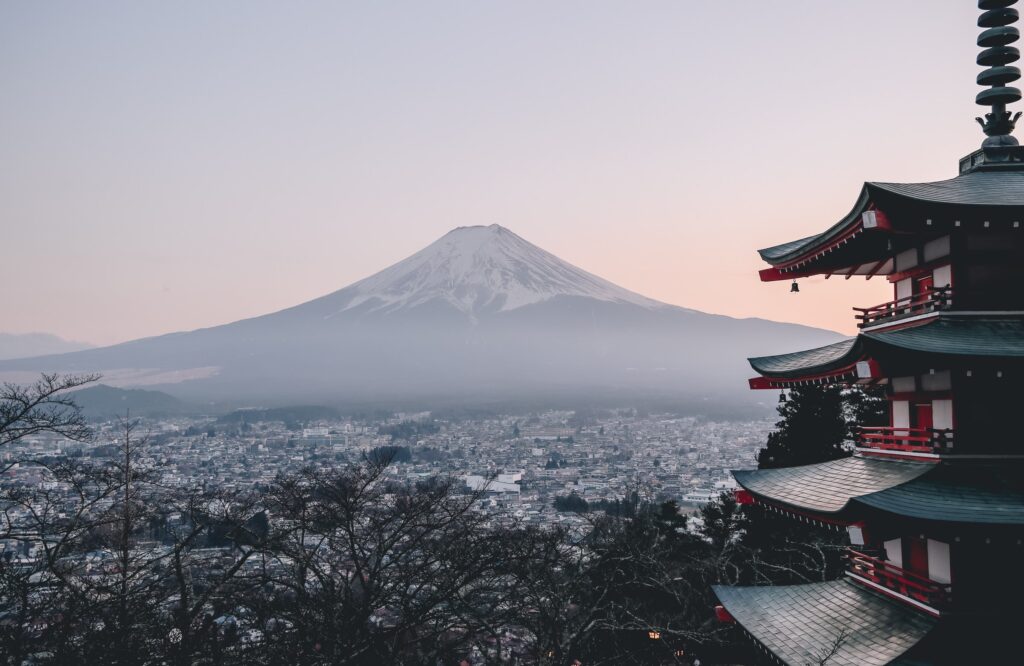
Japan Culture
Japan’s culture is an eclectic mix that combines long-held beliefs and the importance of honour with a unique influence from modern western cultures. In addition to a language barrier, Japanese society has a very fixed code of acceptable conduct, especially in the business industry. Foreigners often find it a long process to integrate fully into Japanese society and adopt their customs.
However, the Japanese are very friendly to expats. Japanese people believe that foreigners are honoured visitors to their country; they just appreciate those who attempt to learn their language, customs, and traditions.
The Japanese are aware that their language is complex, and forgive language mistakes by expats. It is best to be very polite during conversation, and exercise caution. Reading and writing in Japanese is just as complicated as speaking it, and there are very intricate systems of formal language that even some locals find hard to fathom.
Be sure to have an open mind when it comes to foods that are different from anything you have eaten before. And remember the etiquette when it comes to using chopsticks: hold them at the end, lay them down in front of you when not in use (never stick them directly into your rice – this is a funeral tradition) and don’t spear your food with them.
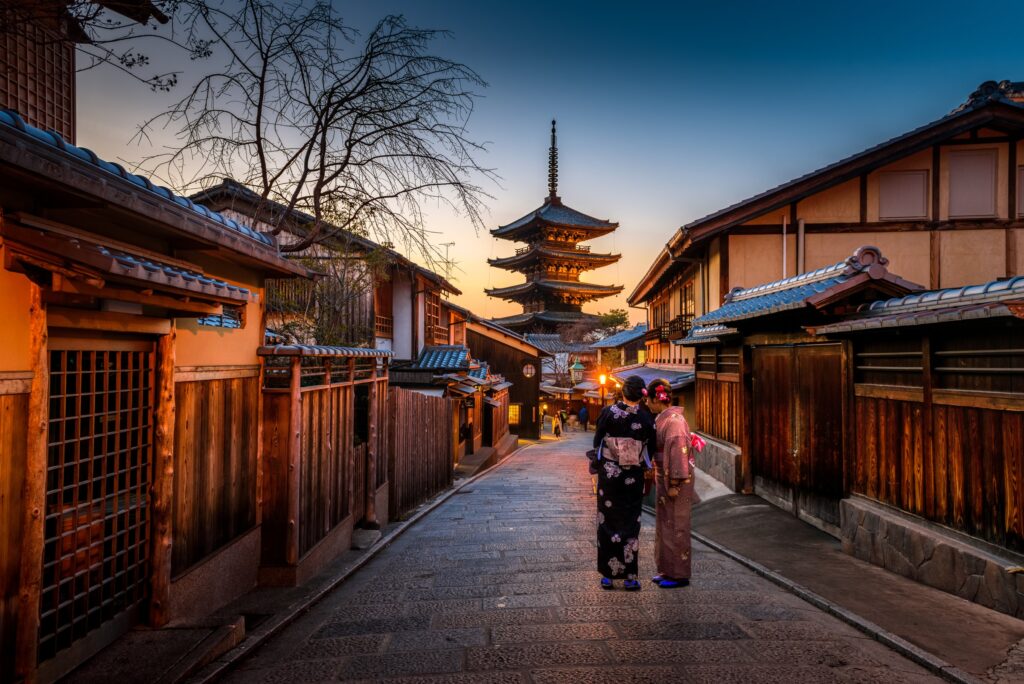
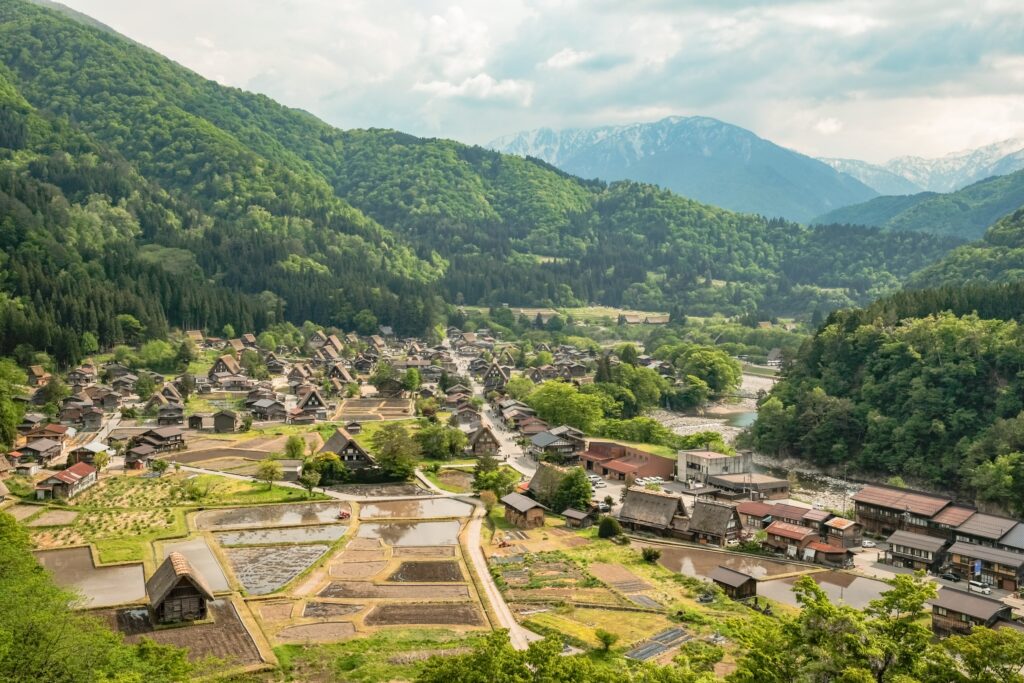
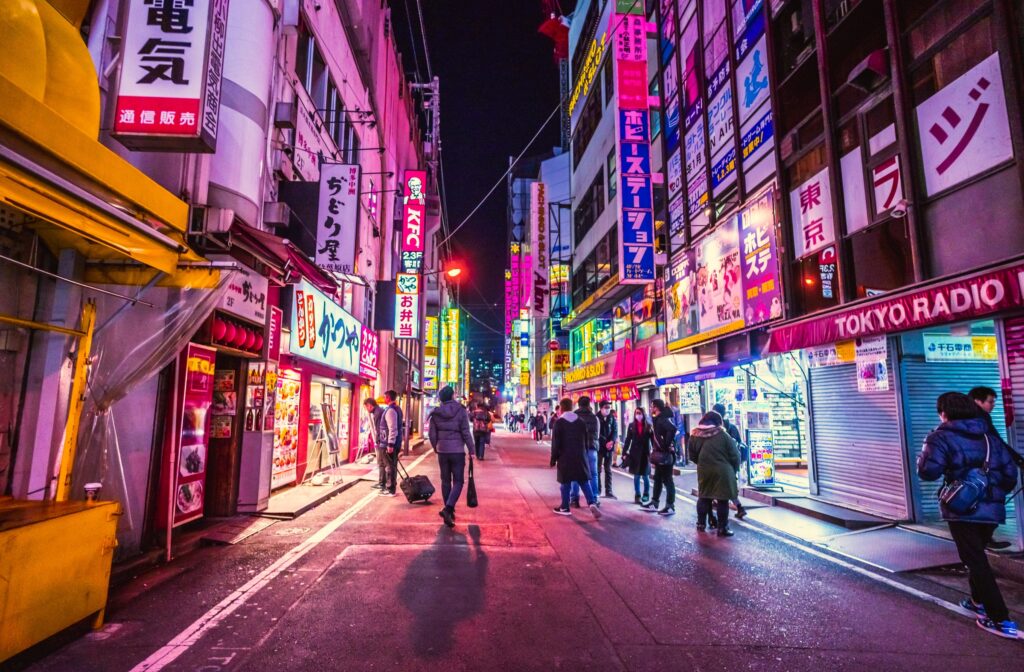
In working environments, people are hardworking and always polite. Communication, however, can be difficult for those not used to the culture to understand, as it’s all about subtlety and there is often an underlying truth to every word that is spoken. Out of the office, however, you’ll find that your colleagues loosen up considerably. Socialising is an extremely important part of Japanese culture, and you’ll probably find yourself eating out on a regular basis.
You may wonder why, when speaking to a Japanese person, their expression doesn’t change. Non-verbal communication is very important in Japan, and a simple frown can be interpreted as a sign of anger or disagreement. The Japanese value harmony, and are not the most vocal of people. Therefore, facial expression, tone of voice, and the way in which you hold our body during conversation goes a long way to demonstrate your feelings on an issue. Also, unlike the western world, extended eye contact is avoided in Japan, particularly if conversing with somebody senior in terms or age or status.
Similar to the way in which you conduct yourself professionally, work ethic is something that foreigners find hard to deal with. Business is a competition in Japan, and a normal working week can often be 70 to 80 hours, with many working through terrible illnesses. Also, do not be late to meetings as this is considered very offensive.
Japan Language
The official language of Japan is Japanese, and it is spoken by most of the country’s population. The spoken language features a complex honorific system – a way of speaking that shows respect in regards to social distance, different ranks or social intimacy.
Although Japanese is spoken almost exclusively in Japan, there are countries which have adopted the language. During World War II, the Japanese language was spoken in Taiwan, Korea, China and the Philippines due to Japanese take-over. For this reason, many elderly citizens living in these countries still speak Japanese to this day.
Japan’s Transportation
Do not expect to be comfortable during rush hour in Japan. Luckily transport in the country is fast, efficient, and sticks to a timetable. Furthermore, expats living in Japan’s cities and towns have easy access to a wide variety of transport. Like London and New York, owning a car is definitely not necessary.
The Japanese rail network is second to none and it is the fastest and most efficient way of getting around Japan. The super express trains (Shinkansen) connect most of the country’s major cities and, more often than not, the time and cost is less than a domestic flight. Tickets for the super-fast trains can be purchased at Japan Railways (often abbreviated to JR) or designated sellers.
Japan’s Transportation
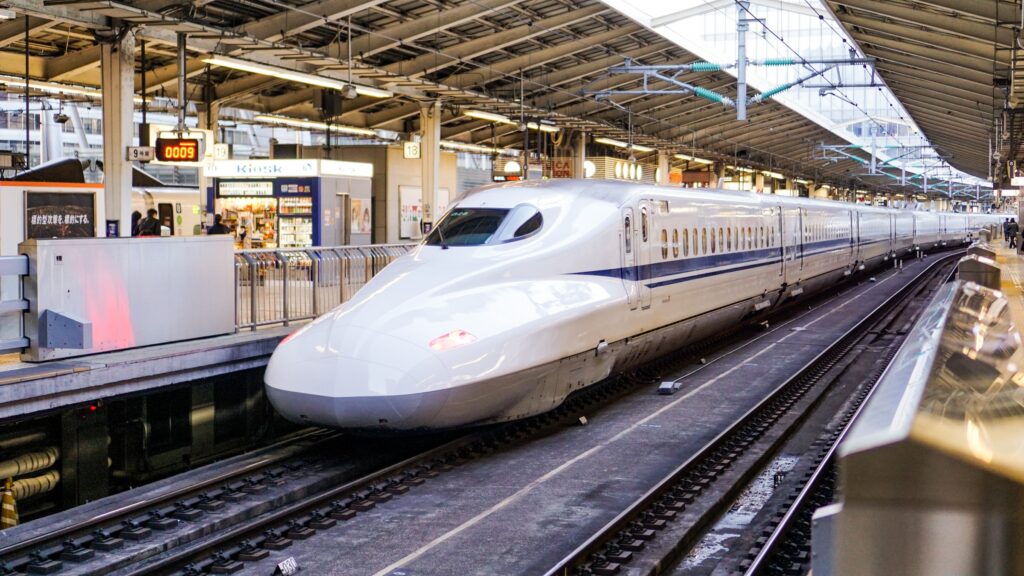
A notch down from Shinkansen are regular express trains, which are still undeniably quick compared to western standards. These are widely available and tickets are purchased from machines dotted around stations. Many expats and locals alike tend to purchase electronic cards to travel on JR trains. These can be recharged as often as necessary.
In most of the major cities, there will also be subway services. These work in the same way as over ground trains and tickets can be purchased at machines in subway stations.
Due to the reliability and widespread use of the train network in Japan, buses are infrequent. However, for expats, English will always be displayed on bus stop and bus station screens, as well as spoken across a speaker to help you along with your journey. It is best to carry change with you when travelling via bus, and always make sure to purchase a ticket from the machine located next to the bus stop. The screen will indicate how much to pay.
Most people, especially those living in cities and towns, opt to walk and cycle. You cannot go a day in Japan without seeing droves of people riding their bikes around the streets. The majority of public areas and train stations will have extensive and secure bike parking areas to cater to everybody who is travelling on two wheels.
If living outside of cities and large towns, owning a car can be handy. However, the majority of expats will find themselves in areas with rich public transport networks. To drive in Japan, expats must have an International Driver’s Permit. This allows foreigners to drive for one year, before having to obtain a Japanese Driver’s License. Word of warning, the Japanese driving test is notorious for being difficult.
For those living in cities without a car, a taxi can be a popular option for solitary travel. Rates can often be very expensive and drivers rarely speak English. For this reason, it is best to have your destination written down in Japanese to show them. Expats must also remember not to open the taxi door; the driver controls them.
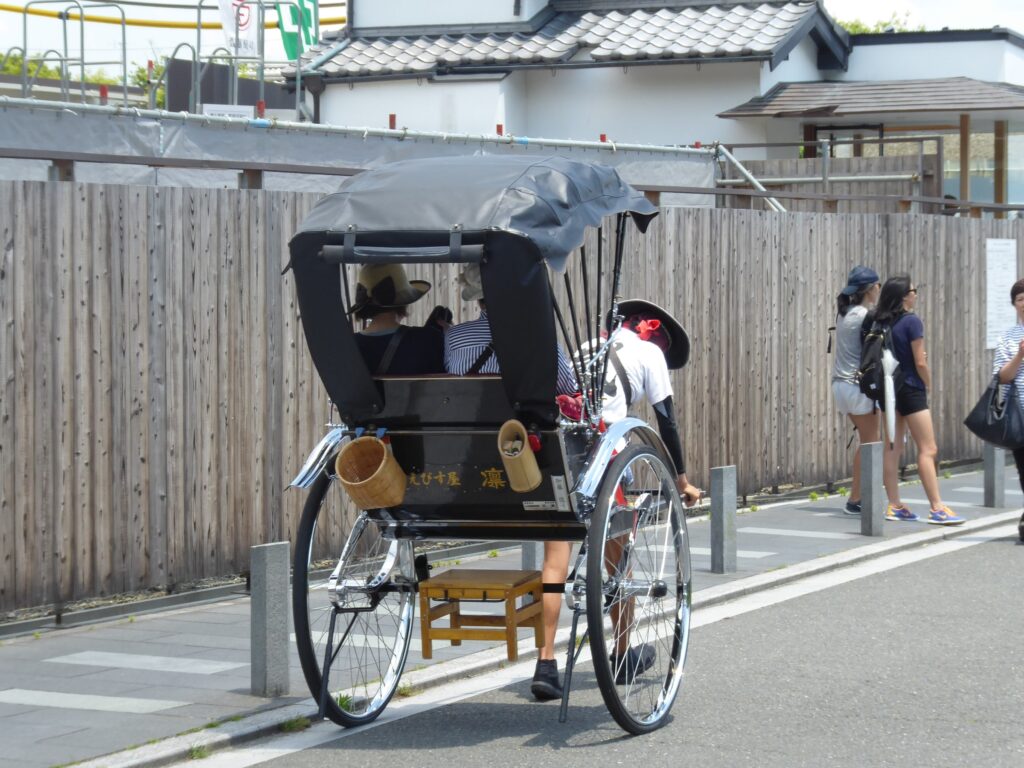
Healthcare in Japan
Japan’s healthcare service deals with routine care, prenatal care and infectious diseases. Patients are responsible for covering around 30% of the costs incurred in their treatment, while the government pays the remainder.
A universal insurance scheme has been put into place to help cover the costs of medical services and the fees are set by the government. Since 2012, it has become mandatory for expats with a visa exceeding 90 days to be registered on one of the two public insurance schemes.
Those who do not have insurance from their employers can also get coverage through a national health insurance system. Meanwhile, all hospitals and clinics must be run on a not-for-profit basis and they are operated by physicians, not corporations.
Whether you’re going to live in Japan or are simply planning on visiting, it’s generally best to find international health insurance or expat travel insurance before you go to help ensure you are covered for any eventuality.
Generally speaking, the medical system in Japan is one of the best in the world. Not only are expats concerned about the language barrier between patient and doctor, but medical staff are too. To combat this, there are medical services in Tokyo and other cities that will direct foreigners to the nearest English-speaking medical facility. As an expat without access to one of these centres, take a Japanese friend or colleague along to act as an interpreter to reassure medical staff.
Currency in Japan
The currency of Japan is the Yen, usually abbreviated to JPY or ¥. It is one of the most traded currencies in the world, along with the Dollar and Euro. Notes are available in 1000, 2000, 5000 and 10,000 JPY. Coins come in denominations of 1, 5, 10, 50, 100, and 500 JPY.
Expats can rest easy when it comes to monetary matters in Japan as the banking system is one of the best and most reliable in the world. Although foreigners have their pick of banks in Japan, society is largely cash-based. Fortunately, as this is the norm, expats are safe to walk around with large sums of cash on them, although correct safety measures should be taken.
Due to the number of international and local banks on offer, opening a bank account in Japan is easy once a Sairyu Card (residency card) has been obtained. Although not essential, it is advised that all foreigners wishing to open a bank account acquire a hanko. This is an official stamp with their name in characters, like a signature. This can make the process of opening an account smoother and also saves debits being rejected due to a discrepancy in handwritten signatures.
Not all banks have English-speaking staff or facilities such as online banking. It is best for expats to look into this before opening an account with a provider. Also, not all ATMs have an English option or accept foreign bank cards.
Schools in Japan
Education is extremely important in Japan, and is compulsory at both the elementary and lower secondary levels, and while the majority of pupils go to public schools for the early part of their education, private schooling is very common for higher levels.
The Japanese school year begins in April and classes are usually held Monday to Friday, and sometimes on Saturdays. Throughout the year, there are a number of short holidays, particularly in spring and winter, and there is also a summer break that lasts about six weeks.
For expat families with children of school age there are many schools, particularly in large cities like Tokyo, Osaka, and Nagoya. Although the Japanese school year runs from April to March, many international schools adopt the same school calendar as western facilities.
Schools in Japan
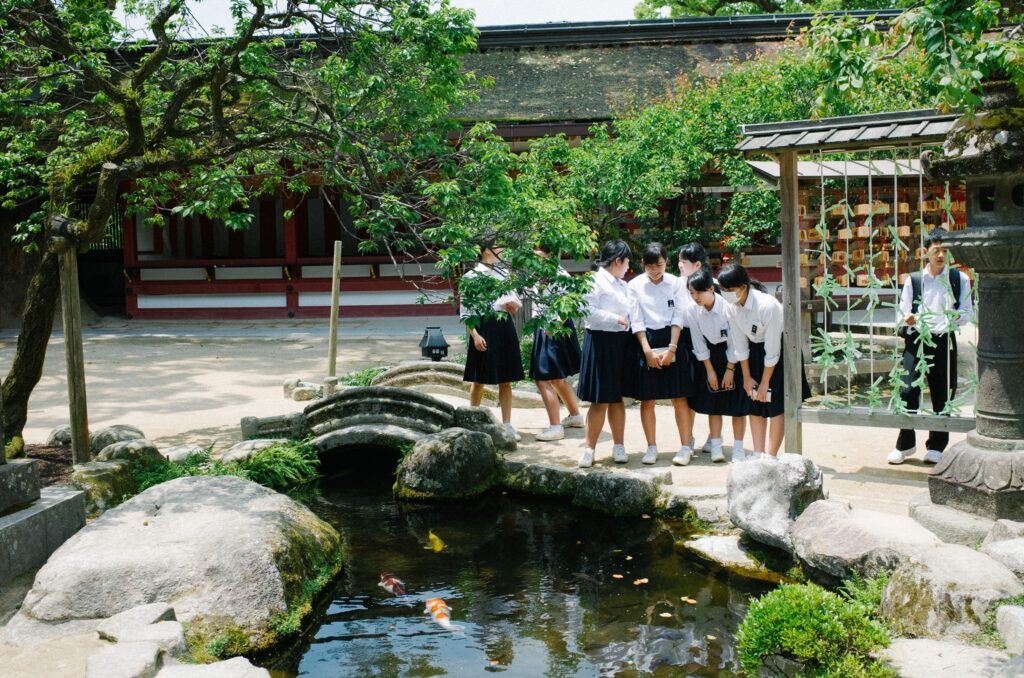
For expat families, international schools are by far the most popular educational option in Japan. Children can have a seamless education which matches the curricula of their home nation, with schools for English, German, Portuguese, Chinese, French, and Korean expats. Admissions into these international facilities depends solely on the school. Some prefer children to have a basic level of English ability if the language is not their mother tongue. Fees are also high, but different schools offer different price points so it can be worth parents doing their research.
Public and private schools are sometimes used by foreigners, particularly those who intend on staying in Japan for the foreseeable future. This helps children understand Japanese culture and become integrated into society quickly.
However, if these options are not appropriate, home schooling is also common amongst expats in Japan. Although elementary and junior high is compulsory, parents can request permission for their children to enrol in ‘high school’ at home. Due to the language barrier, this can often be affective for short term living in Japan. Any longer, and children can often feel segregated from society.
Japan Food and Drink
A traditional Japanese meal will consist of a bowl of rice, miso soup, pickled vegetables, and fish or meat. Rice is the stable food of Japan, but noodles such as soba, ramen, and udon are very popular and affordable. Japan is championed for its seafood, and if you eat out in the country you will see menus adorned with fish, squid, octopus, eel and shellfish.
In Japan, fish is more popular than meat, and is eaten raw, grilled, boiled, roasted, and fried. Sushi and sashimi (raw fish) are very popular and conveyor belt sushi restaurants have made it very accessible. Sushi and sashimi was once considered an expensive food, only eaten on special occasions, but the introduction of fast-food style sushi restaurants has changed this perception.
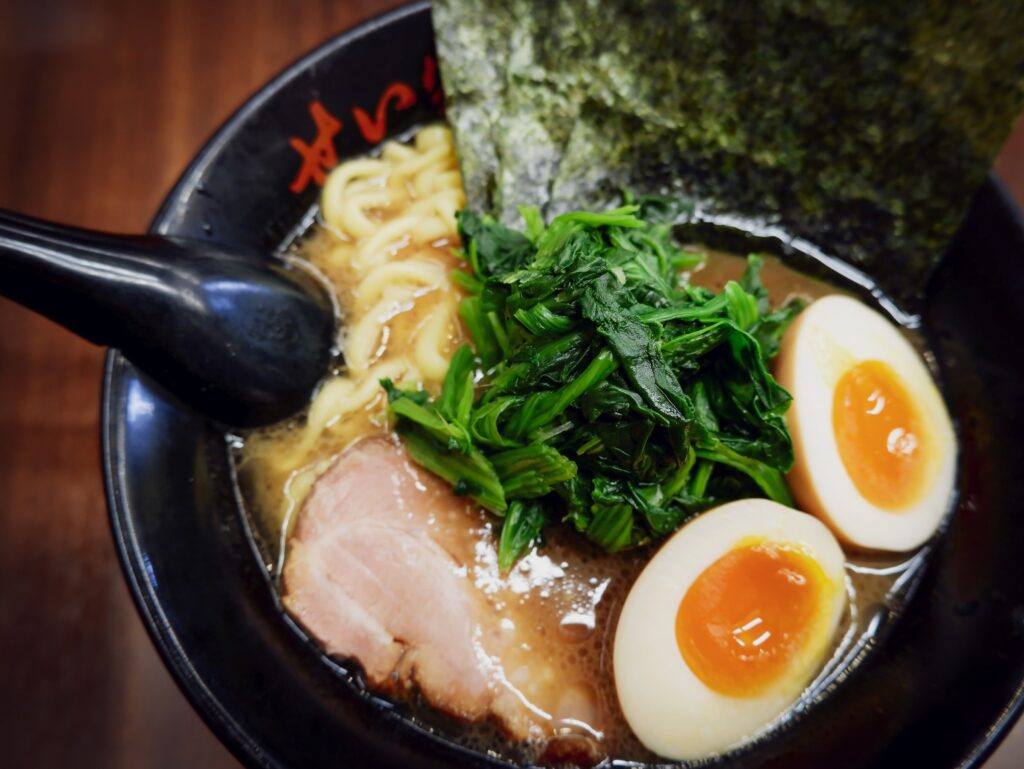
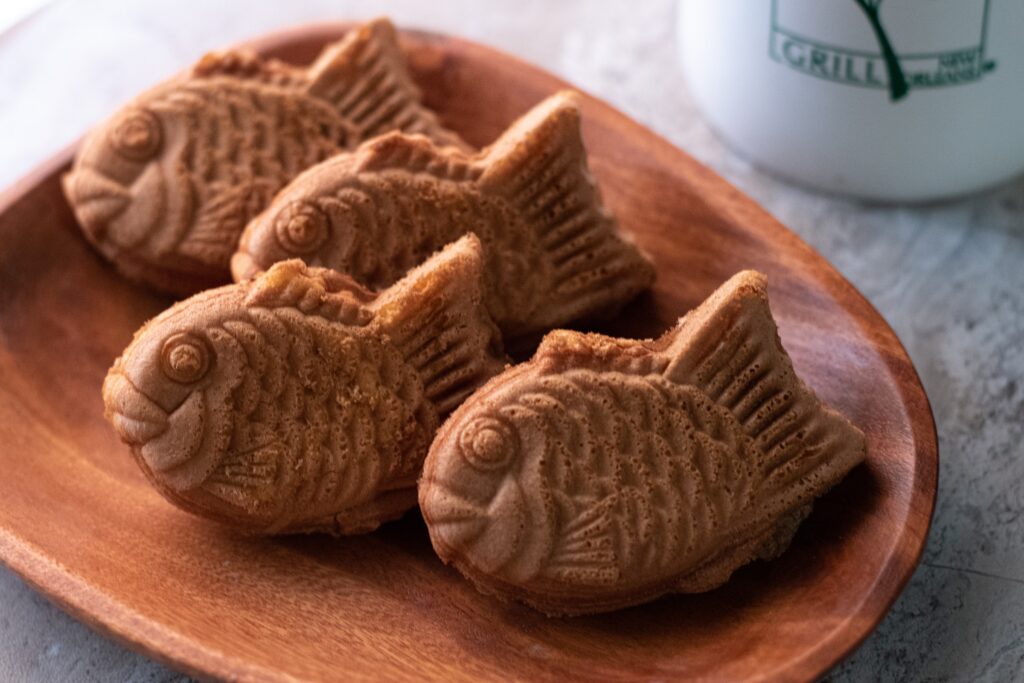
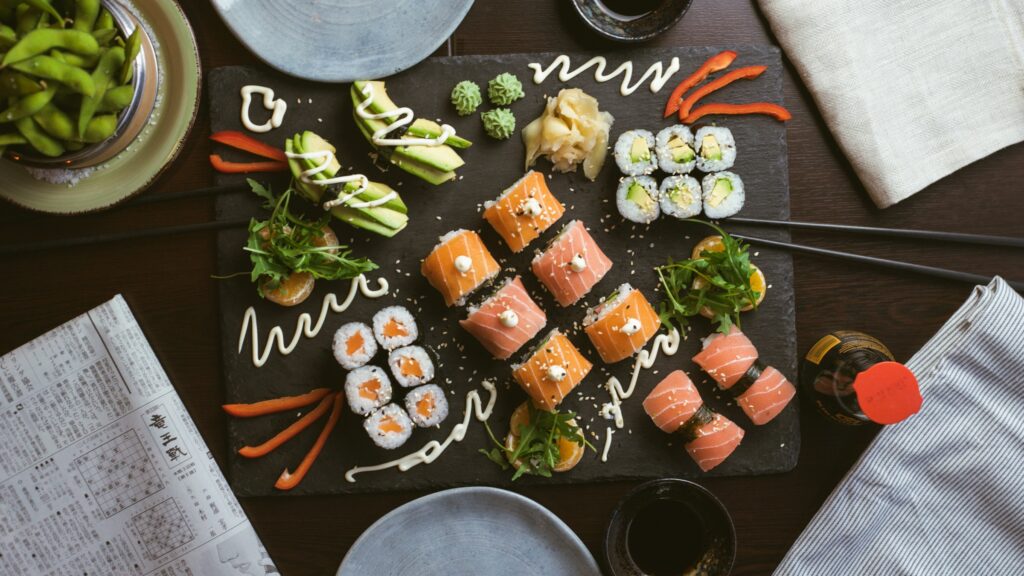
For those who enjoy their meat, tonkatsu is breaded and deep fried pork cutlets. It is extremely tender and best served with miso soup and shredded cabbage. Pork also features in the famous comfort food okonomiyaki. These savoury pancakes are filled with cabbage and pork and topped with fish flakes, seaweed, mayonnaise and a Worcester-style sauce. Tempura is also another favourite and a far cry from the usual healthy fare of Japan. Seafood and vegetables are batter coated, deep-friend in sesame oil, and served with a soy dipping sauce.
Sake (rice wine) is the national drink of Japan, but lager-beer is the most popular. The most purchased brands include Kirin, Sapporo, Suntory, and Asahi. However, for those looking for something healthier, aojiru is a popular green juice. Literally translated as ‘green drink’, the juice is predominantly made of kale, barely grass and green tea leaves.
Green tea is one of the most popular hot drinks in Japan. Known nationally as ryokucha, there are many different brands that vary in bitterness. The tea is championed for its nutrition, with antioxidants and health benefits which infuses a sense of calm and helps to relax the mind. It is also great for those looking to shed some weight.
Japan Crime Rate
Japan boasts one of the lowest crime rate of all developed nations, making it an extremely safe country to live in and visit. Even when walking alone at night, expats and locals feel safe as confrontational violence is unheard of. Due to strict enforcement of laws, the biggest threat to expat safety is traffic accidents. Although crime rates are not high enough to warrant palpable fear, common sense should be applied to daily life.
There are some districts in Japan which are more unsavoury than others, but visitors should be vigilant when visiting all buzzing nightlife locations. The media report on high-profile murders and other extreme crimes that happen rarely, but the majority of incidents are petty crimes. Non-violent crimes such as fraud and burglary take place frequently, to it is best to have a secure home and keep personal belongings on your person. Bicycle theft is by far the most common crime, and is often more prevalent in residential areas than in city centres, so bike locks are strongly advised.
Japanese trains often have dedicated carriages for women only. Not only on public transport, but in residential and isolated areas, women have been subject to groping or inappropriate photography and filming. The women only carriages were put in place on trains as there was a high number of women who were molested or felt uncomfortable in the cramped conditions of rush hour travel.
Although Japan is not a crime-free country, it is one of the safest in the world. Due to the Japanese way of life, most of the local people prefer to live a harmonious life free of illegal activity.
Places to Visit in Japan
Japan has a rich history and many of the most visited locations are rooted in centuries past. The care that Japan puts into their ancient relics and sites makes the country as a whole, an incredible place to explore.
The Phoenix Hall, Byodo-in Temple
Regarded as Japan’s most beautiful building, the Phoenix Hall at Byodo-in Temple is one of Kyoto’s many UNESCO World Heritage Sites. Some painstaking renovation work was completed on the building (with dates back to the 12th century) and the restoration work looks as incredible as it did a thousand years ago. So picturesque is the building, it is featured on ¥10 coins.
The Phoenix Hall, Byodo-in Temple
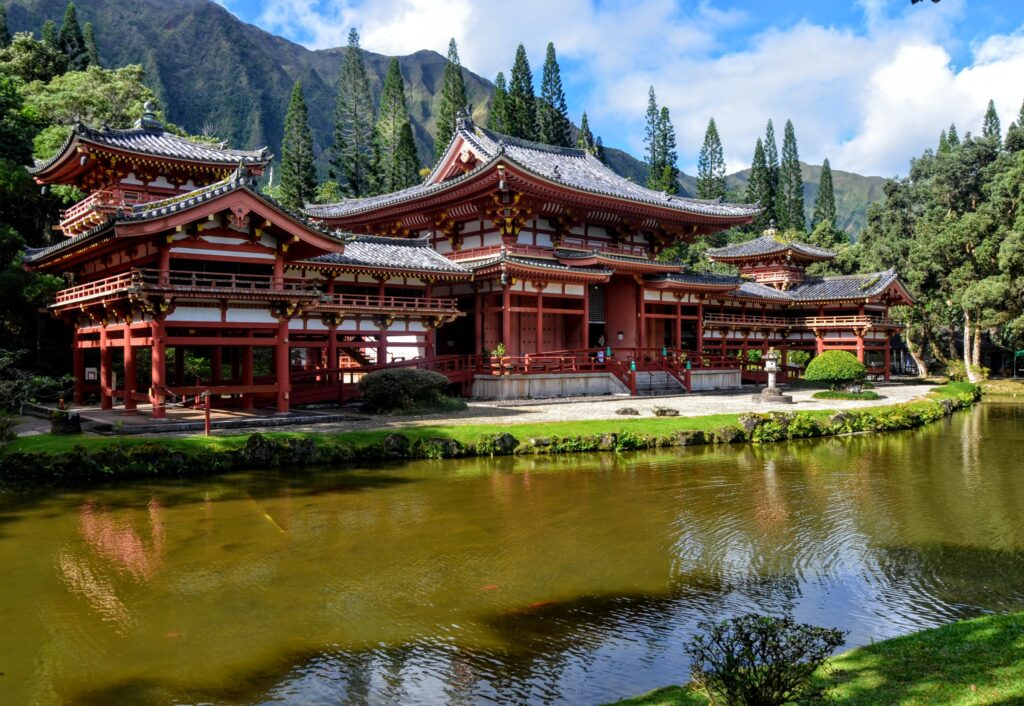
Himeji Castle
Whether you are a history fanatic or not, Himeji Castle must feature on all itineraries. It is Japan’s most well preserved samurai castle. It was one of Japan’s first UNESCO World Heritage Sites when it opened in 1993 and is one of the few samurai structures remaining in the country. The magnificent white structure sits upon a hill and looks particularly striking in cherry blossom season, surrounded by trees.
Himeji Castle
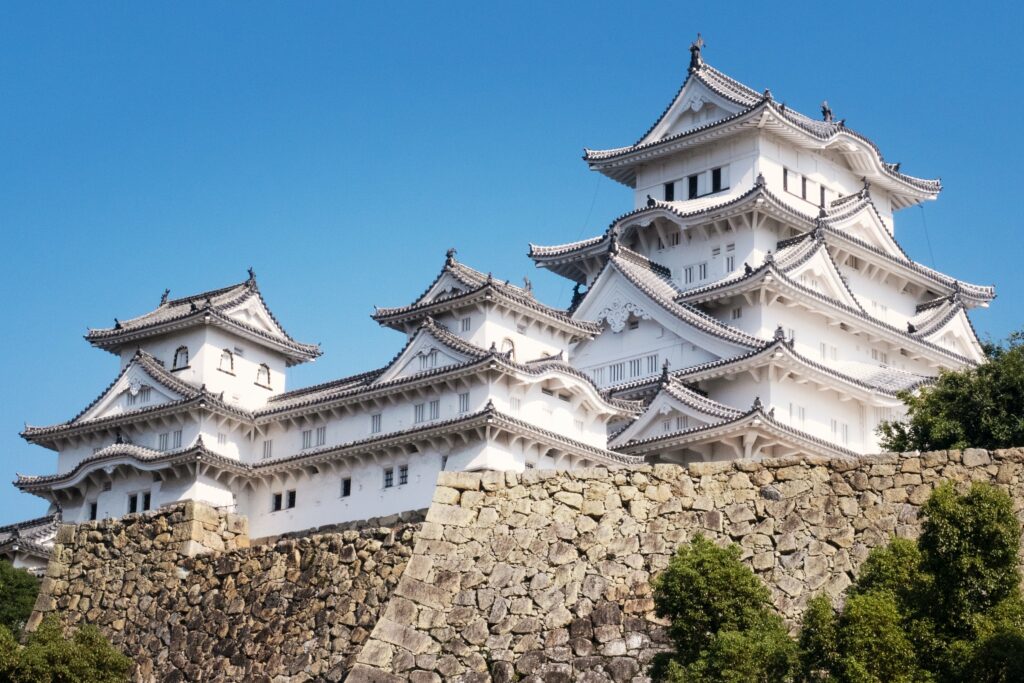
Hiroshima Peace Memorial Park
In August 1945, Hiroshima and Nagasaki were subject to nuclear weapons dropped by the US. At least 129,000 died and it is the only time nuclear warheads have been used in the history of the world. Visiting the Hiroshima Peace Memorial Park is said to be one of the most emotional experiences for both Japanese people and foreigners. The purpose of the park is not only to memorialise the victims of the bomb, but to also raise awareness of the horrors of nuclear war and signify world peace.
Hiroshima Peace Memorial Park
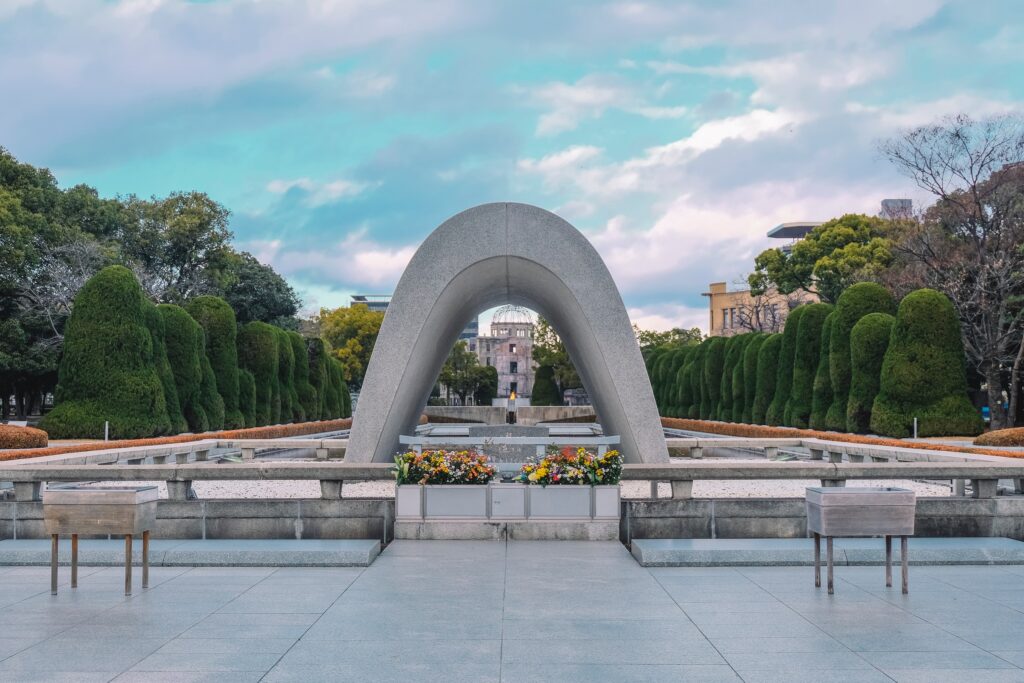
Gion, Kyoto
The district of Gion is what many visitors envisage when they think of Japan. At the right time of year cherry blossom hangs from the great trees and, at night, the paved streets are red with the light from lanterns. It is the entertainment district and is famous for geishas. Although the number of geiko and geisha taking to the streets of Gion has dwindled over the decades, visitors can still see them, particularly in the evenings.
Gion, Kyoto
